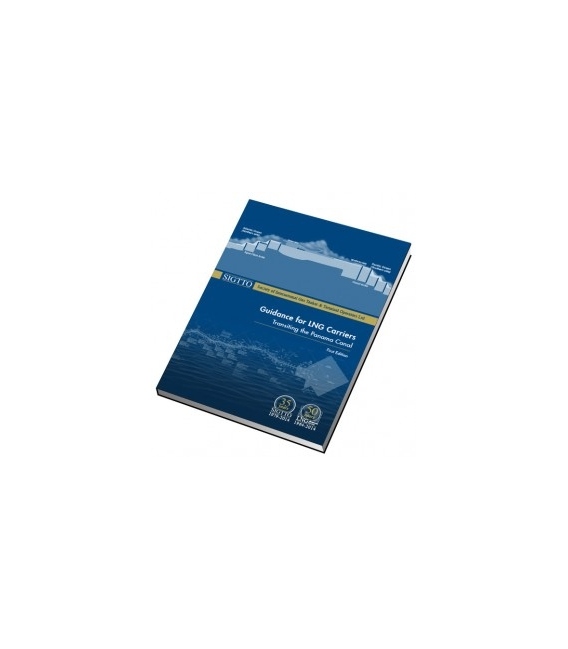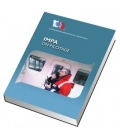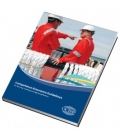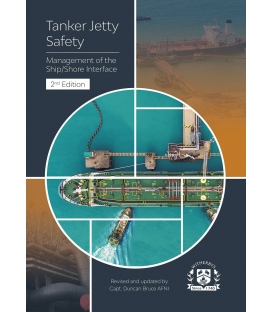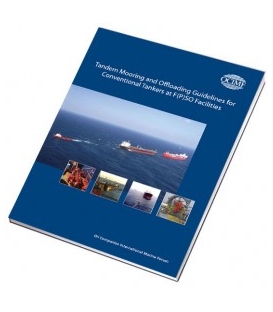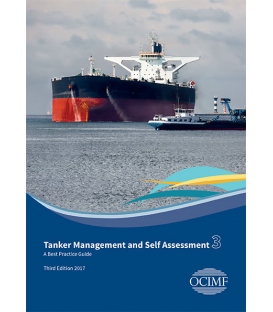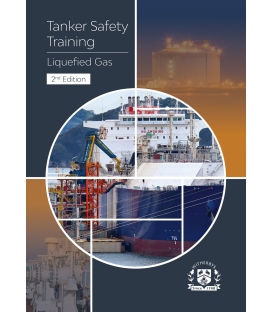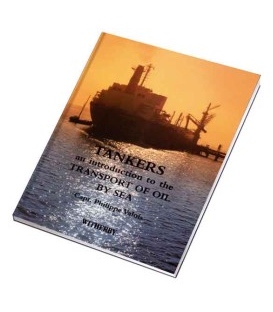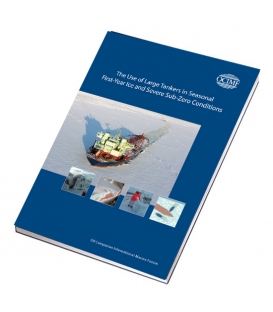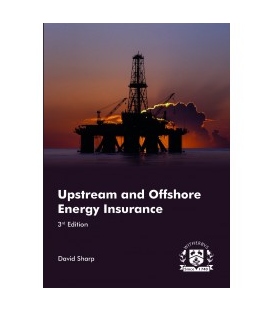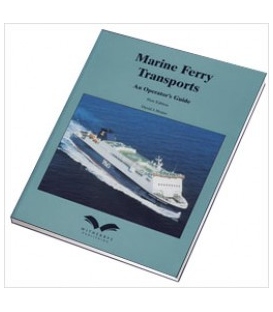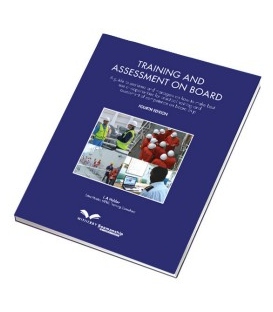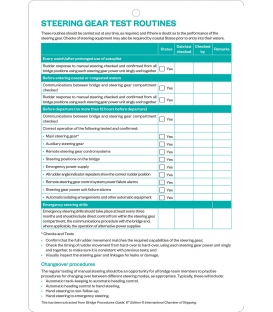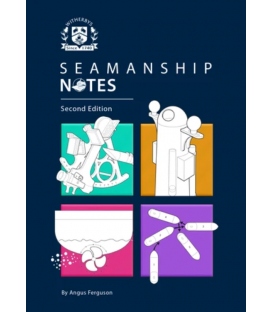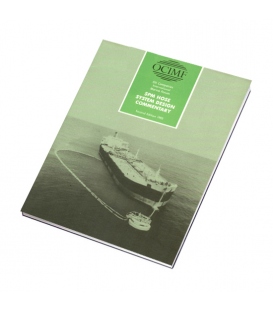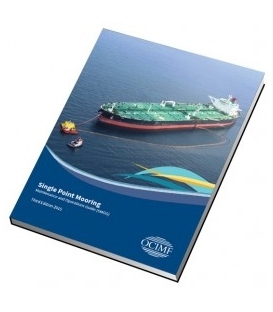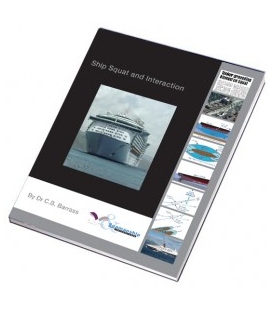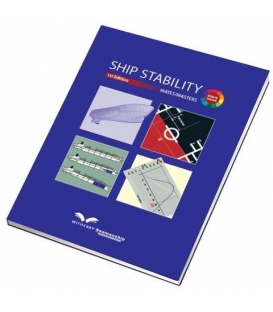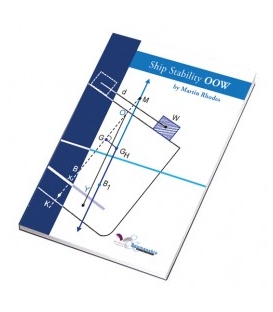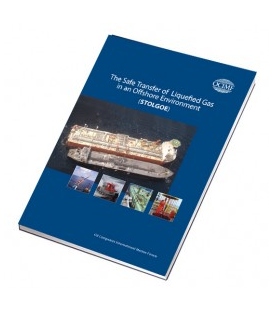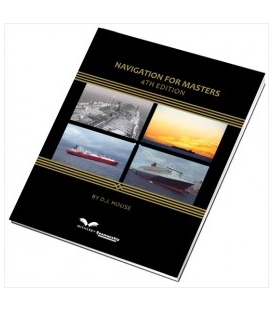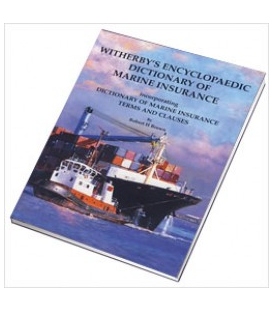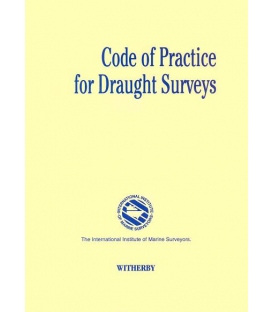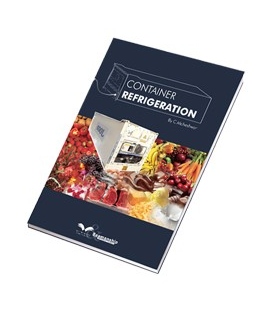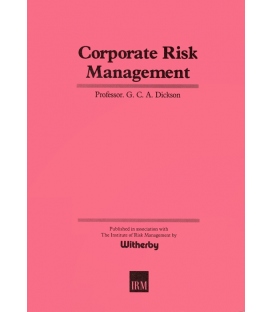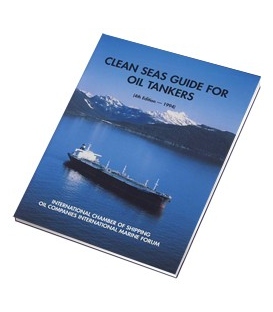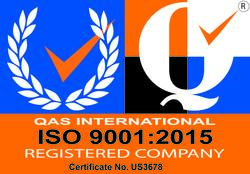

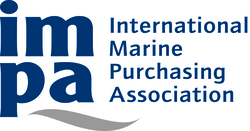
Sign up for our Newsletter
Guidance for LNG Carriers Transiting the Panama Canal (1st, 2014)
***Canceled and replaced by: Passage Planning Guide - Panama Canal and Approaches, 1st Edition 2020
Title: Guidance for LNG Carriers Transiting the Panama Canal
Edition: First
Product Code: WS1433K
ISBN 13: 978-1-85609-647-8 (9781856096478), ISBN 10: 1-85609-647-5 (1856096475)
Published Date: June 2014
Weight: 1.20 kg
Guidance for LNG Carriers Transiting the Panama Canal (1st, 2014)
The Panama Canal (third set of locks) expansion project, when completed, should enable the majority of LNG carriers to transit the Canal. Historically, LNG carriers have been unable to transit the Panama Canal, mainly due to size restrictions. SIGTTO and the Panama Canal Authority (ACP) took a proactive and consultative approach, identifying issues that may need to be addressed to permit the safe and efficient transit of LNG carriers through the Canal.
This Guide is the result of these consultations and is intended to provide practical guidance on the ACP requirements for the transit of LNG carriers through the Panama Canal
When compiling this Guide, SIGTTO and the ACP referred to relevant ACP regulations in force at such time, as well as to SIGTTO guidance, industry standards and best practices. However, users of this Guide should be aware that if new regulations or requirements are deemed necessary for the safe transit of any vessels (or more specifically LNG carriers) in the future, the ACP may implement them at any time.
This Guide also contains guidance on safety, minimum equipment levels and what might be considered to be good operating practices. This Guide is not a substitute for consulting the up to date applicable regulations and legislation (both national and international). For the avoidance of doubt, where such regulations and/or legislation conflict with the guidance in thisGuide, such regulations and/or legislation shall always be followed in preference to this Guide.
This Guide is only applicable to LNG carriers that transit the Panama Canal via the Cocoli and Agua Clara locks and, notwithstanding the content of this Guide, the ACP may modify the transit requirements for LNG carriers at any time.
Foreword
Glossary of Terms and Abbreviations
References
Scope
1 New locks .
1.1 Atlantic Entrance
1.2 Pacific Entrance
2 Overview
2.1 Organisation
2.2 Transiting the Panama Canal
2.3 Panama Regulations
3 Safety
3.1 Managing LNG Carrier Transits
3.2 Considerations for LNG in Port Areas
3.3 Risk Assessment
3.4 Contingency Planning
3.5 Prevention of Fatigue
3.6 Language
4 Pre-Arrival
5 Security
5.1 General
5.2 Security Communication
5.3 Security Levels
5.4 Identification
6 Pollution Prevention
7 Navigation
7.1 Abort Points
7.2 Critical Areas
7.3 Channel Widths
7.4 Direction of Buoyage in the Panama Canal
7.5 Speed
7.6 Transit Restrictions
7.7 Communications
7.8 Sample Transit Plan
8 Pilotage
8.1 Boarding Areas
8.2 AIS Plug
8.3 Number of Pilots
8.4 Training and Simulation
9 Mooring
9.1 Lock Procedure
9.2 Mooring Fittings
9.3 Ropes
9.4 Mooring Gang
10 Anchoring and Mooring Areas
10.1 General Considerations
10.2 Anchorage Area Restrictions
10.3 Anchorages
10.4 Contingency Anchorage and Mooring Areas
10.5 Stores, Bunkering, Crew Change and other Activities
11 Tugs
11.1 Type
11.2 Atlantic Side
11.3 Pacific Side
11.4 Methods for Securing Tugs
11.5 Tug Assistance
11.6 Contingency
11.7 Training
12 LNG Cargo Carriage
12.1 Loaded Passage
12.2 Ballast Passage
12.3 Cargo Operations
13 Cargo Tank Vapour Management
13.1 Excess Vapour Management
13.2 Cargo Vapour Management
13.3 Emergency Venting
14 Propulsion Overview
14.1 Engine Starting Requirement
14.2 Response
14.3 Propulsion System Types
14.4 Bow Thruster
15 Bridge Visibility
15.1 Comparison Tables of Navigation Bridge Visibility of LNG Carriers (Moss Type and Membrane Type)
15.2 ACP Visibility Requirements
15.3 Draught and Trim
15.4 Steering Lights
16 Environmental
16.1 Wind
16.2 Current
16.3 Tidal
16.4 Wave Height
16.5 Depths and Potential Seasonal Draught Restrictions
16.6 Density
16.7 Evening Time
17 Contingency Planning
17.1 ACP Risk Prevention and Control
17.2 Collision
17.3 Grounding
17.4 Gas Release/Loss of Containment
17.5 Fire
17.6 Equipment Failure
17.7 Loss of Power
17.8 Dead Ship.
Annex

